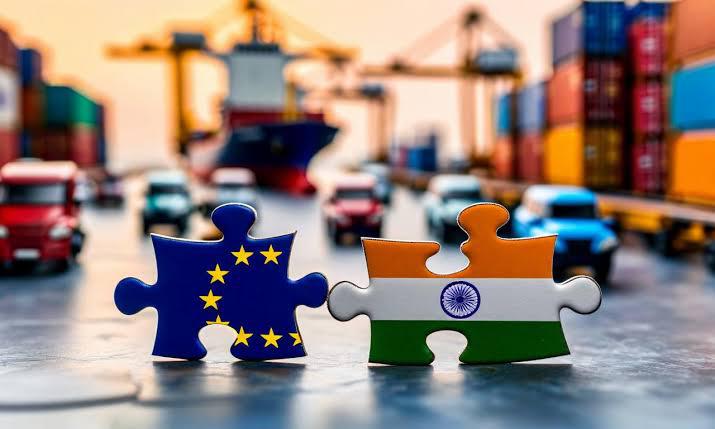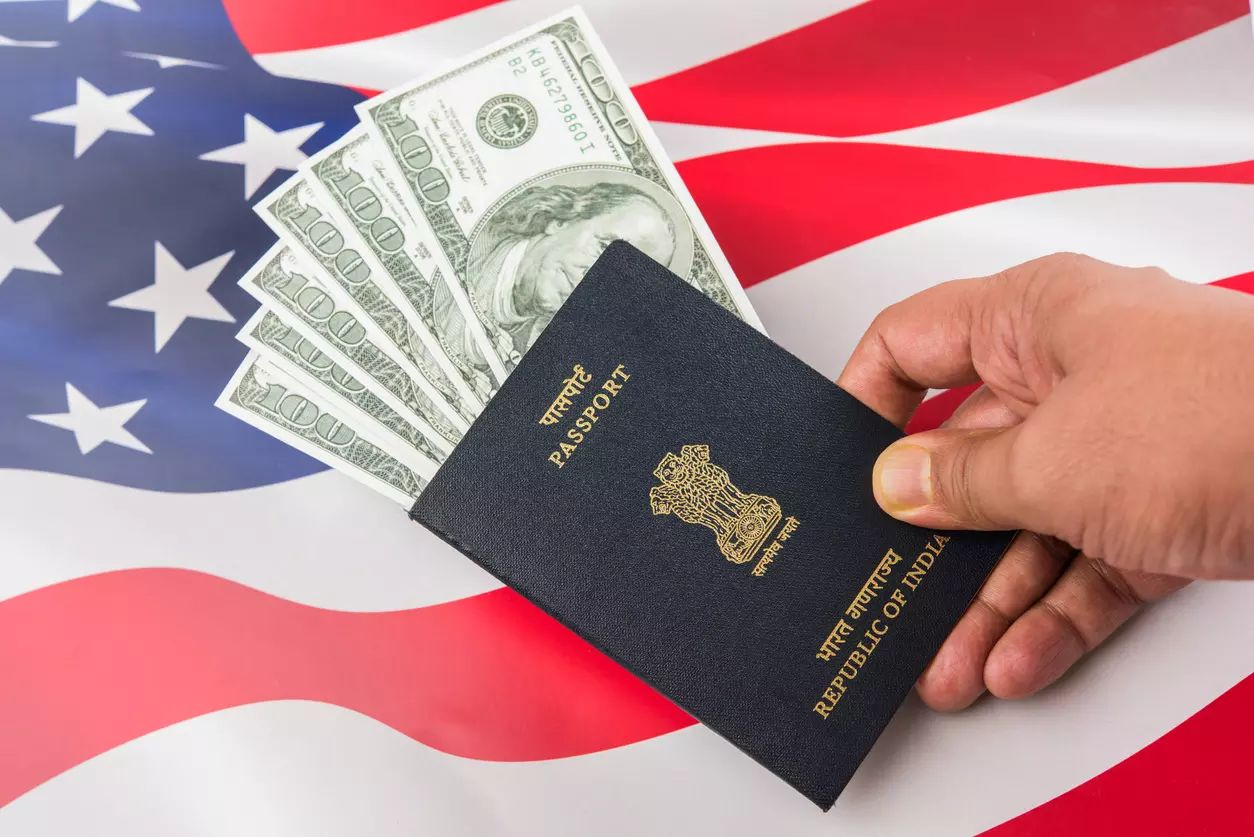Since the 1990s, Bangladesh has been a link between India’s mainland and its landlocked northeastern states. The Dhaka–Delhi relationship was, once, seen as a cornerstone of New Delhi’s Look East Policy, shaped by geographic proximity, deep cultural linkages, and decades of shared infrastructure.However, that dynamic is now changing. India has launched a new multimodal connectivity plan that routes around Bangladeshi territory. As the Northeast gains long-overdue infrastructure links, Bangladesh risks being left out – both economically and strategically.

There have been problems between India and Bangladesh lately, from disagreements over water sharing that haven’t been resolved to political speeches in Dhaka that have become pro-China. New Delhi, which has been practical in its foreign policy, is cutting back on its reliance on Dhaka as a transit point. In March 2024, India officially approved the Northeast Multimodal Connectivity Plan (NMCP) – a major infrastructure initiative aimed at linking Assam, Arunachal Pradesh, Manipur, Mizoram, and Tripura directly to the rest of India and Southeast Asia, bypassing Bangladesh entirely.
Construction has started for important projects like the Jogighopa Multi-Modal Logistics Park in Assam, the deep-water port at Sittwe in Myanmar, and better road and rail connections through Mizoram and Manipur. With India also speeding up the Kaladan Multi-Modal Transit Transport Project, connecting Kolkata to Sittwe Port by sea, river, and road, and then to Mizoram by the Kaladan River, direct cargo movement to India’s Northeast via Myanmar will reduce dependency on routes through Bangladesh.
The developments can be seen as shifts to deliver a major blow to Bangladesh’s economy. One of the significant sources of income that would become null for Dhaka would be the transit fees and custom duties paid by Indian cargo moving towards the Northeast as soon as the new, and designated, route via Myanmar becomes operational. These included formal trade and informal sectors that benefited from extra services like trucking, warehousing, and logistics. These sectors that drove income are in danger now that India is moving toward self-contained connectivity.
Bangladesh is facing economic problems, including low foreign reserves, high inflation, and a debt servicing burden that has made it necessary to ask the IMF for help. While Bangladesh’s garment industry remains relatively strong, its broader logistics and service sectors have not kept pace with regional shifts. A deeper transit relationship with India could have provided some buffer against emerging vulnerabilities. However, as New Delhi strengthens connectivity with partners such as Myanmar, Thailand, and Vietnam, Dhaka increasingly risks being sidelined in the region’s evolving economic order.
India is fast-tracking the India–Myanmar–Thailand Trilateral Highway with support from its ASEAN partners, aiming to establish a direct overland link to Southeast Asia through its Northeastern states. Bangladesh is not part of the framework, even though it is close to the flow. Yet Bangladesh remains outside this framework, despite its geographic proximity. The country has effectively missed a critical opportunity to integrate into broader Indo-Pacific trade routes and diversify its role in regional supply chains beyond garments and jute.
The Indo-Bangladesh Protocol Route, once regarded as a step towards deeper connectivity between the two neighbors, has been reduced to a mere short-term arrangement. Meanwhile, India is investing in inland waterway infrastructure along the Brahmaputra and Barak river systems to facilitate heavy cargo movement within its borders. The Inland Waterways Authority of India (IWAI) recently finished testing container ships from Kolkata to Guwahati through Indian territory. The water, road, rail, and sea routes are being changed to make them more independent.
India’s recalibration of its connectivity strategy reflects a broader push for long-term strategic autonomy. A shift that is aimed at future-proofing supply chains in a region where geopolitical dynamics can shift in the blink of an eye. China’s growing footprint in Bangladeshi infrastructure, including investments in Payra Port and the Chinese-built Padma Bridge, has only reinforced the importance of strategic self-reliance.
In a bold move underscoring its long-term vision, India signed a $1.2 billion infrastructure deal with Myanmar in 2023 – despite the prevailing instability there – demonstrating its resolve to secure alternative trade corridors. Simultaneously, New Delhi is modernizing key ports like Laem Chabang in Thailand and forging logistics partnerships with Vietnam and the Philippines, steadily weaving a resilient, East-facing network that sidesteps dependence on any one country. These actions point to a clear plan: to build an East-facing corridor that goes around Bangladesh and limits China’s Belt and Road Initiative plans to surround the country. If India – and by extension, Southeast Asia – learns how to get around Bangladesh, the effects will be felt in both politics and the economy.
India’s new multimodal plan is a long-overdue fix that fixes both connectivity and strategic depth at the same time. Bangladesh, on the other hand, needs to think deeply about the current conditions surrounding itself. China’s continued financial support, an inconsistent approach to regional cooperation, and domestic policies that don’t seem to recognize the importance of logistical diplomacy are all pushing the country toward isolation.





